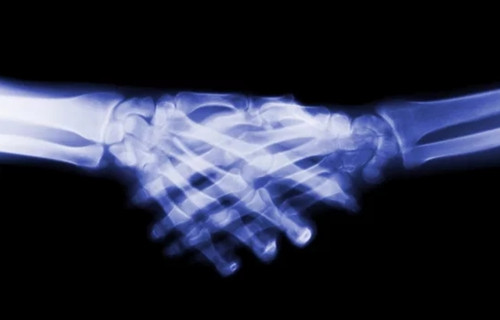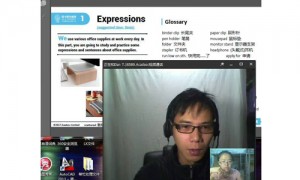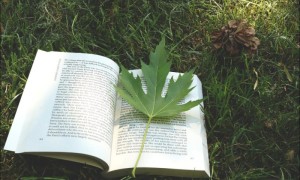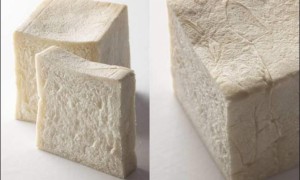关节时不时地会发出响声,你有想过为什么吗?有些科学家说这跟关节周围液体内的气泡有关,有些又说无关。到底有没有关系呢?看看今天的科学家怎么说!

The source of knuckle cracking sounds is much debated—but new mathematical models may reconcile two opposing views. Christopher Intagliata reports.
掰指关节有响声的原因存在激烈争议--但新构建的数学模型或许能缓和两方观点。Chiristopher Intagliata报道。
Knuckles cracking. You may not mind the sound. You may despise it. Or you could study it.
叩响指。也许你不在意这个声音。也许你厌恶这个声音。更或许,你可以研究这个声音。
Couple years back, Vinny Suja was taking a biomechanics class at the French Polytechnic School, outside Paris. And he was on the hunt for the perfect class project.
早在几年前,Vinny Suja在巴黎外法国理工学院上生物机械学课程。那时他在寻找该课的最佳课程项目。
"Even though they suggested many projects, I couldn’t find one which was both practical and that I could complete within the framework of this class. So in frustration, I was cracking my knuckles one day and that’s when I realized—’Huh, that’s interesting.’"
“尽管学校给了很多项目建议,但我不能找到任何一个即实用又可以让我在该课程框架下完成的项目。所以沮丧之余,有一天我一直在掰指关节,那时我才意识到--‘啊,这个行为真有趣’”
And so a project was born: the physics of knuckle cracking. It’s actually a subject of intense scientific investigation. Back in 1971, scientists figured they knew how it worked: the cracking sound was caused by bubbles popping within the fluid surrounding the knuckles.
因此,一个项目就诞生了:掰指关节物理学。事实上,它是一项激烈研究的科学主题。早在1971年,科学家们认为他们已经弄明白了为何掰指关节就会弄出声响: “咔嚓”那一声是由于关节周围液体内的气泡破碎而产生的。
Or so they thought—because in 2015 shots were fired, in the form of MRI visualization of the knuckles post-cracking.
或许他们又认为...因为在2015年核磁共振展现了掰指关节之后的影像,相关争论又炸了。
In fact, the bubbles were still there. The whole process happens too fast for imaging technology to visualize in real time—you’d need to shoot at 1,200 frames per second, 10 times faster than the best x-ray and MRI machines on the market. "And that’s when we realized that a model could help people better understand the origin of this sound."
事实上,气泡在掰指关节之后还是存在的。掰指关节的整个过程对于影像技术在真实时间内视觉呈现来说实在太快了----你必须每秒拍摄1200帧,比市面上最好的X射线和核磁共振快十倍。“那一刻我们意识到模型可以帮助人们更好地去了解指关节响声的来源。”
So, using mathematical models, Suja and his colleague Abdul Barakat found that just a partial collapse of the bubbles could cause cracking sounds of the same degree, which might explain why the 2015 researchers still saw bubbles after the crack. The details are in the journal Scientific Reports[V. Chandran Suja & A. I. Barakat, A Mathematical Model for the Sounds Produced by Knuckle Cracking].
因此,利用数学模型,Suja和他的同事Abdul Barakat发现,局部的气泡破裂就可以引起相同程度的咔嚓声,这或许解释了为什么在2015年研究人员在响指过后仍能看见气泡的原因。研究细节在杂志《科学报告》披露。(见文章《A Mathematical Model for the Sounds Produced by Knuckle Cracking》,作者:Chandran Suja 和 A. I. Barakat)
Further modeling of bubble behavior, both pre- and post-pop, will be needed, they say, before they’re confident that they’ve truly cracked the case.
他们说:“在他们自信掰指关节会产生声音的问题被攻克之前,针对气泡在关节响之前和响之后的形态所做的深入研究模型,人们是需要的。”







